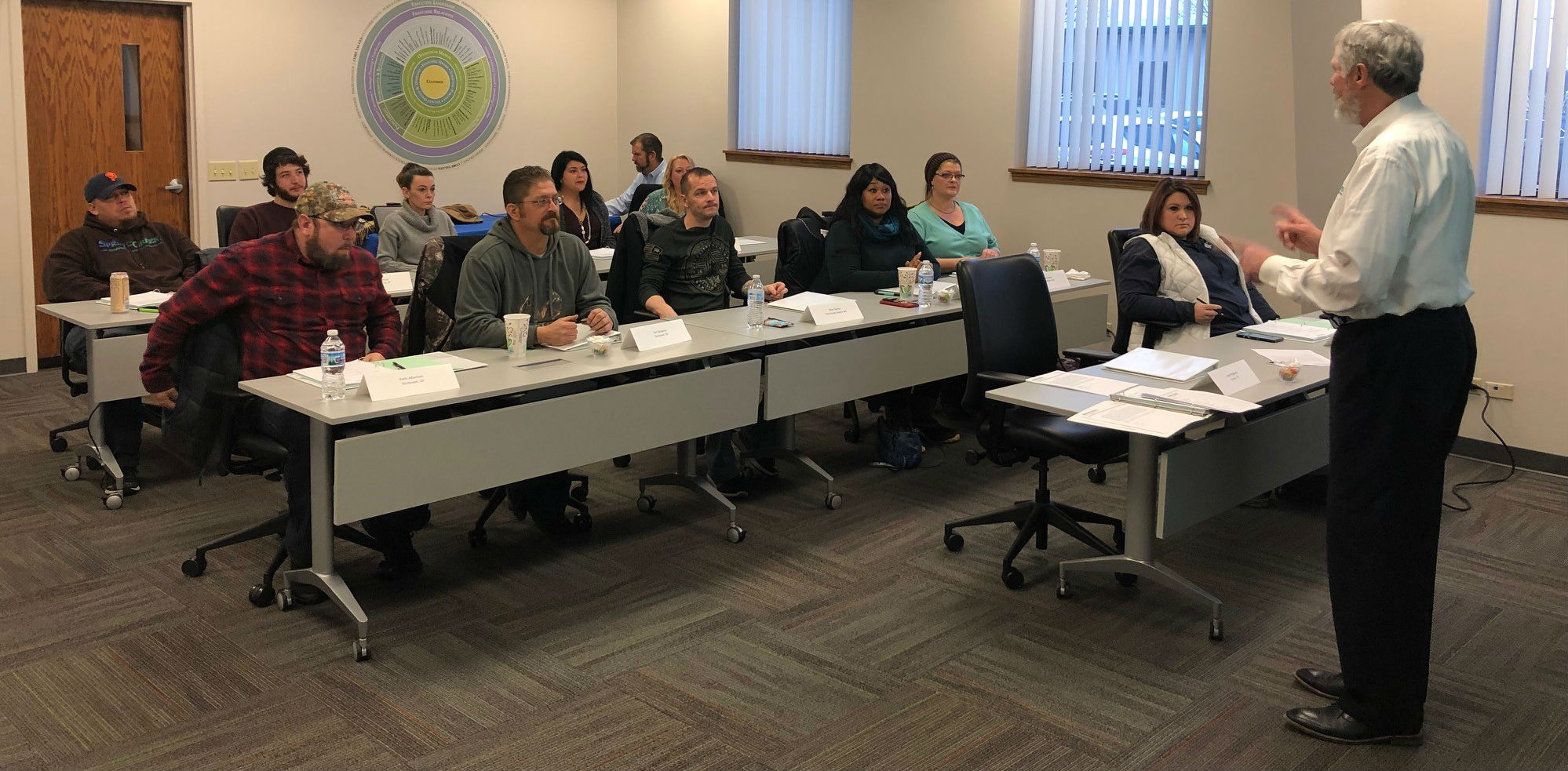Most employers understand that it takes time, money, and effort to recruit the right employees, and once found, the good employees are worth keeping. An increasing number of employers have come to acknowledge and accept the need to provide those individuals with opportunities for ongoing training and development, both as individuals and as valued members of the organization.
Wait a minute, isn’t all that training and development stuff for bigger businesses? Absolutely not. If your small business is big enough to have one or more employees worth keeping, then you are large enough to plan for them to stay and grow with your business. Some organizations call this an employee development plan or a personal and/or professional development plan (PDP).
Other names for the same type of program include career development or training and development. Spring-Green uses a combination of these and other terms to account for the growth opportunities we provide within our franchise system.
What Is Personal and Professional Development?
The term “personal and professional development” encompasses two broad categories of growth, personal and professional, that have the potential to benefit two invested parties, the employer and employee(s).
Personal development tends to focus on the individual, but the employer also benefits. For example, training in project management may help an employee to become more effective both on and off the job. The term professional development implies that the learned knowledge and skills are more directly job related. There is, however, quite a bit of overlap and the two terms are often used interchangeably.
Developing an Employee Development Plan
A personal and professional development plan doesn’t have to be complicated to be effective, but it does have to be structured and well thought out. The last thing a small business owner wants to do is invest time, money, and effort building a program that is not appropriate for the business or its employees. The employee development plan also needs to have some structure, so that once employees get excited about it, there is a complete and logical path for each to follow. Here are some key considerations that should go into the development and execution of any PDP.
Establish the purpose and desired outcome(s). Since the company’s inception in 1977, Spring-Green has been about defining desired ends and planning to achieve them—in that order. Before you plan a single hour of employee training and development, define in writing why you are doing so.
Seek the win-win or nothing. For any employee development plan to be effective, there must be something in it for all stakeholders. Consider a program that has as its sole objective to improve employee performance so that they’ll be able to produce more for the same pay. Now consider a program that teaches the employee skills not nearly as valuable to your business as to another employer.
What do these two programs have in common? Failure. They are both set up for one stakeholder to win at the expense of the other. That’s not sustainable. Now imagine a series of training modules that will not only make the employees more productive, but also make them more valuable to your business and more effective at home or anyplace else they may go. That’s a win-win.
Sell the sizzle. By all means, share the objectives as you unveil the opportunities. Show the employees not only the program menu of content, but also talk about what’s in it for them and why you get excited about this too. Most successful employee development programs can be aptly described as an investment by the employer that requires an investment of time and effort on the part of the employees. But never forget, the excitement is not about the investment but the return. Show them!
Measure and evaluate. Did the employee development plan work? How do you know? We now come full circle back to the objectives we established prior to developing the PDP. Learning can be measured. Employee performance, before and after, can be measured. But are you evaluating the employee(s) or the PDP? Both, of course.
One’s progress in an employee development plan should be included that person’s performance review. At the same time, there can and should be opportunities to improve the PDP based on its ability to deliver the desired outcomes.
The Spring-Green Way
You wouldn’t be reading this if Spring-Green didn’t offer opportunities for personal and professional development, not only for employees throughout the franchise system, but also for its Franchise Owners, who are by definition small business owners.
From our startup training and support to the online courses offered via Spring-Green University, and our professional development seminars, we provide training and development opportunities throughout the Spring-Green franchise lifecycle. Does this topic interest you? Call 1-800-777-8608 or visit us at www.growmygreenindustrybusiness.com to learn more.

